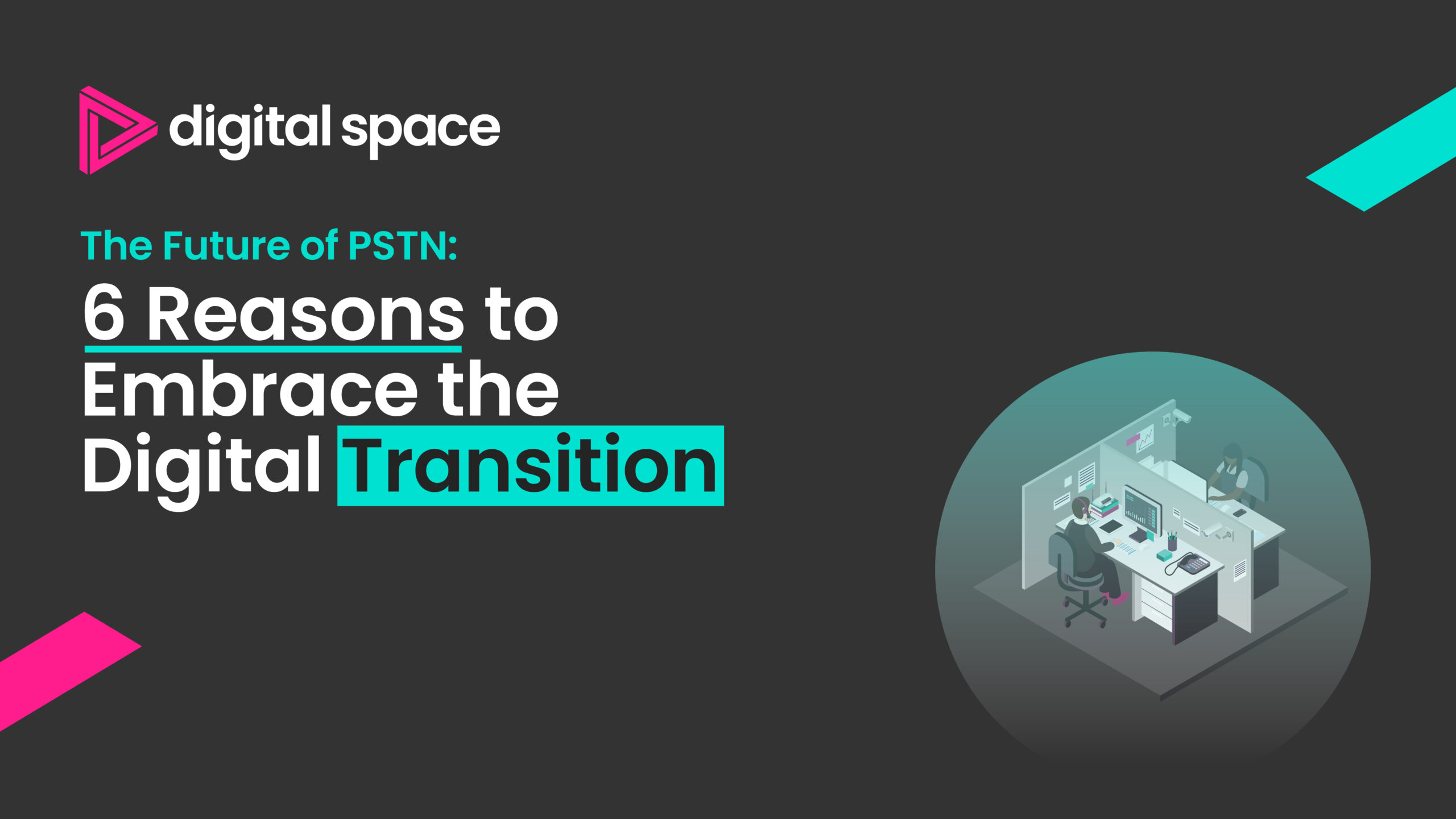The Public Switched Telephone Network (PSTN) has been the backbone of global telecommunications for over a century. However, in recent years, the future of PSTN has been called into question as the world rapidly transitions to digital communication technologies. While the traditional copper-based PSTN is facing obsolescence, its evolution and adaptation to the digital age present a promising future.
Here’s 6 reasons to embrace the digital transition of PSTN:
- The Decline of Analogue Infrastructure:
One of the main factors driving the evolution of PSTN is the aging analogue infrastructure. Maintaining these legacy systems has become increasingly costly, and their limited capabilities in handling modern data and multimedia services have rendered them inadequate. The future of PSTN lies in embracing digital technologies that can support the diverse communication needs of today’s society.
- The Transition to IP-Based Networks:
Internet Protocol (IP) technology is at the forefront of the PSTN’s evolution. The shift toward IP-based networks, known as Internet Protocol Multimedia Subsystem (IMS), allows for the convergence of voice, video, and data over a single network. This convergence enables a richer communication experience and greater flexibility for users.
- Enhanced Reliability and Resilience:
The future of PSTN also includes enhanced reliability and resilience. Traditional PSTN systems were vulnerable to physical damage, such as natural disasters or equipment failures. By transitioning to digital networks and leveraging cloud-based solutions, PSTN can become more robust and adaptive, ensuring that communication remains uninterrupted even in adverse conditions.
- Integration with 5G:
The rollout of 5G networks is another significant factor shaping the future of PSTN. 5G promises ultra-low latency and high-speed connectivity, making it an ideal complement to IP-based PSTN services. This synergy between 5G and PSTN will enable a wide range of innovative applications, including IoT (Internet of Things) connectivity and real-time remote collaboration.
- Focus on Security:
As digital communication becomes more prevalent, security concerns also rise. The future of PSTN must prioritise security measures to protect user data and privacy. Advanced encryption and authentication protocols will be crucial in maintaining trust in these networks.
- Transition Challenges:
While the digital transformation of PSTN holds immense potential, it also presents challenges. Ensuring a smooth transition from analogue to digital networks, addressing the digital divide to provide equal access to all, and managing the legacy infrastructure’s retirement are all essential components of this transition.
About Digital Space
Amid the digital transformation of PSTN, where immense potential meets significant challenges, Digital Space specialise in delivering solutions that empower organisations to experience a smooth navigation of this transition and at pace. Focused on enabling change for our customers, we provide secure, connected cloud managed services to the UK mid-enterprise.
Gain tailored advice from our experts today in a FREE consultation: Click here







